Bonfires lit during Halloween in Ireland have deep roots in the country's history, deriving from ancient Celtic customs that have evolved through the centuries.
Halloween bonfires were part of my Dublin childhood celebrations of this ancient Celtic festival.
But why do the Irish light fires on All Hallow's Eve?
Bone Fires at Samhain
First, let's examine the Irish word for bonfire. It comes from "tine cnámh" which means bone fire. The English term bonfire is a shortened version of bone fire.
But here's why burning bones is associated with Halloween and evolution of the term bonfire.
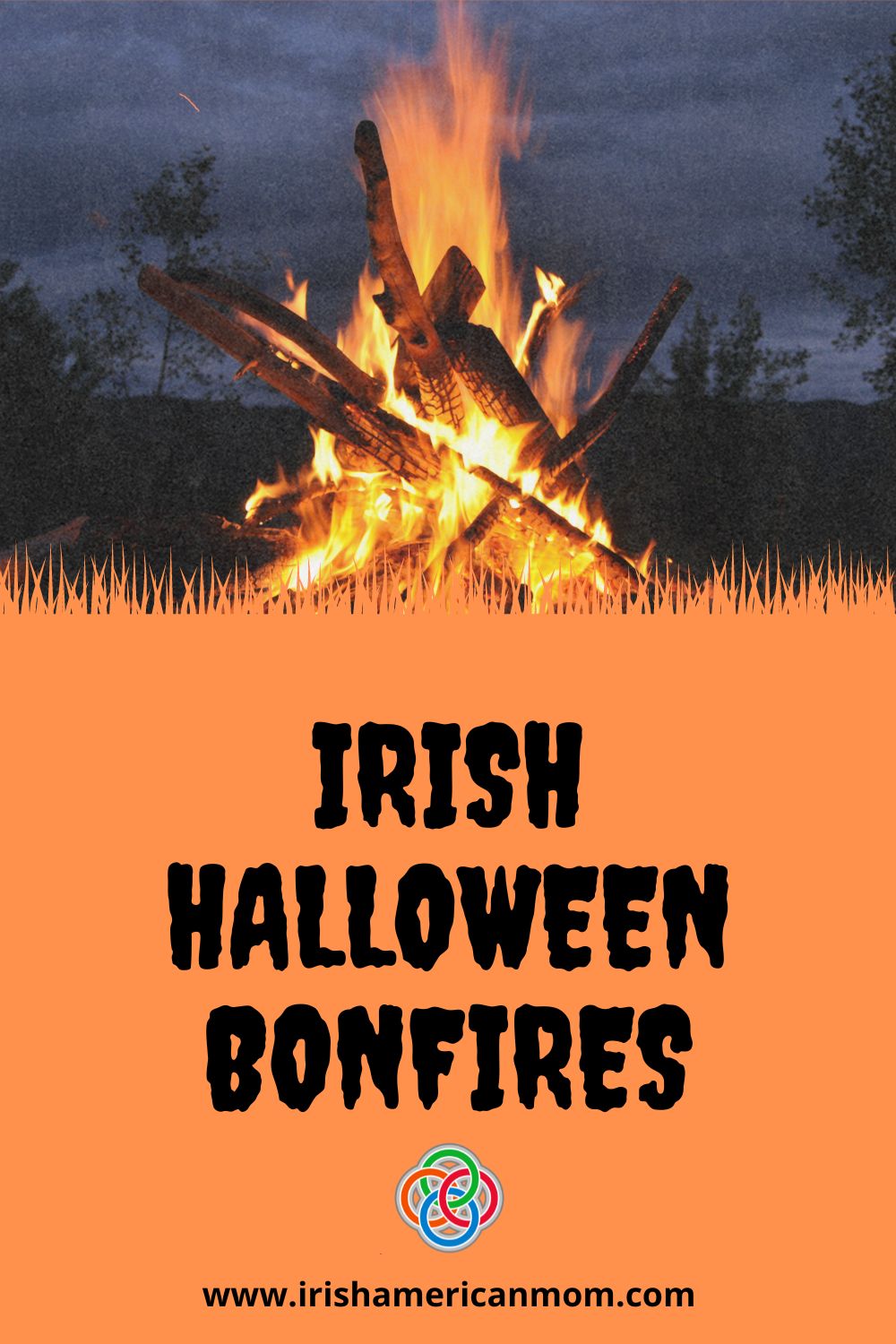
Traditionally, Samhain was a time for Celtic farmers to take a close look at their cattle herd and grain supplies.
Each family and community determined which animals should be slaughtered to provide meat through the long winter months.
In pre-Christian Ireland, the Celtic people used cattle as a form of barter. The number of cattle a chieftain owned reflected his wealth. Cattle formed the primary currency used to support agricultural and pastoral life.
Samhain was the accepted time to slaughter excess or weak cattle. It was also the time set aside for preparing stores of meat and grain to support the people through the harsh winter.
This custom continues to this very day. During the autumn modern farmers decide which animals should be housed through the winter months and which ones should be sold.
Bonfires were a central part of the festivities at Samhain. A communal blaze played an important role in the celebration. Villagers cast the bones of slaughtered cattle upon the flames of a roaring fire.
The word 'bonfire,' or 'bonefire' is a direct translation of the Gaelic "tine cnámh" (pronounced as chin-ah kin-awe-vh).
Once the central bonfire of Halloween was lit and fully ablaze, villagers extinguished their own fires.
A communal fire lighting ceremony followed when each family took a light from the common bone fire to rekindle the fire in their own hearth.
Purification and Protection
Bonfires were central to the Samhain festivities, serving multiple purposes of purification and protection.
The Celtic people believed these fires had protective powers and could cleanse the land of evil spirits or influences.
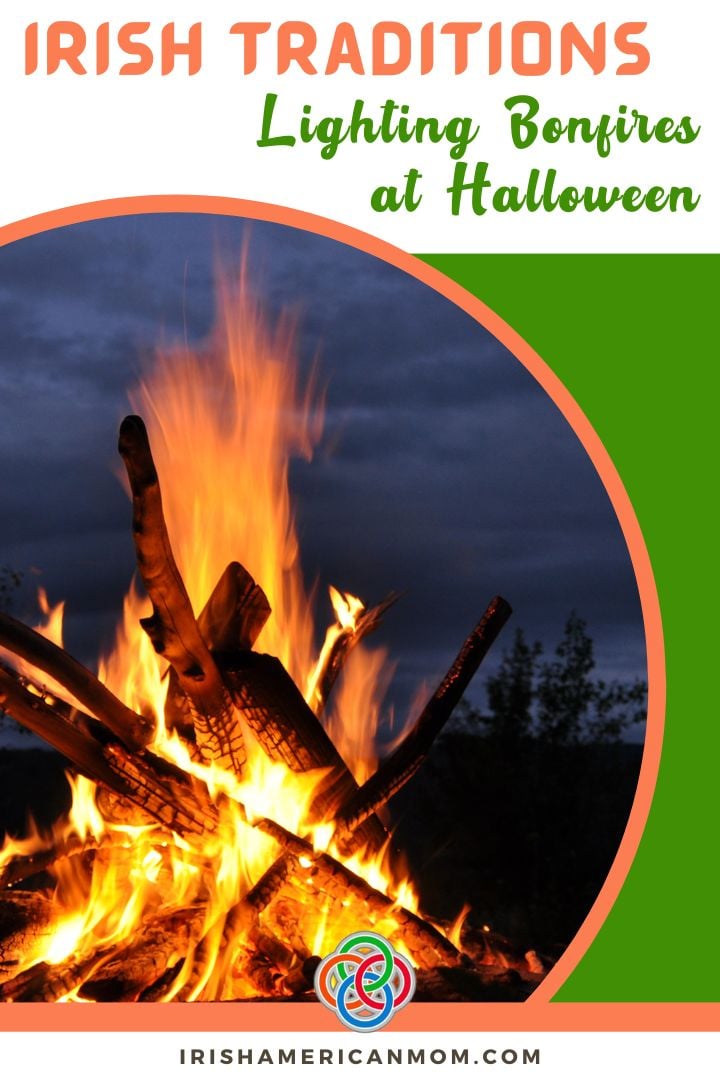
People and their livestock often passed between two bonfires as a ritual of protection and cleansing.
They believed the flames could purge their impurities in preparation for the harsh winter months ahead.
Guiding Light
As Christianity spread across Ireland, many pagan traditions were interwoven into newly accepted Christian practices.
The old Celtic bonfire tradition did not die out in early Christian Ireland. Instead, it continued under a new religious guise, with the bonfire symbolizing the light of God and the burning away of evil.
During Halloween, bonfires also served to light the darker nights and were thought to guide the spirits of the deceased home, as the boundary between the worlds became blurred.
It provided a way for communities to gather together, to mark the change of season, and to remember the departed souls of their loved ones.
Community Celebration
Beyond their spiritual and protective significance, bonfires also played a central role in community gatherings and celebrations.
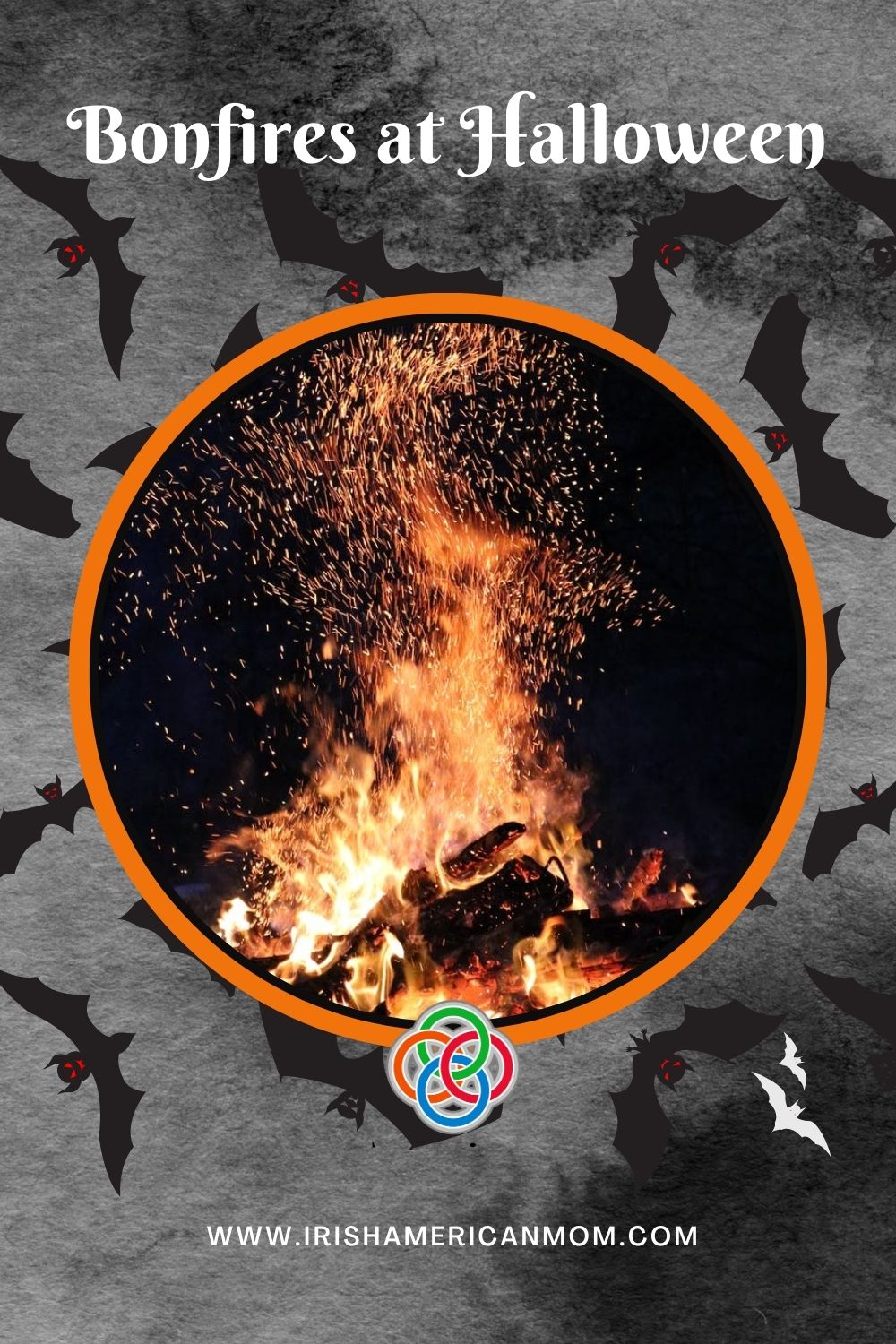
They provided warmth and light for communal activities, games, storytelling, and feasting, all of which were important for fostering community bonds before the onset of winter.
The Samhain festival was a wonderful time for revelry and camraderie, with plenty of fun or craic, had by all.
Modern Bonfire Traditions in Ireland
Today, bonfires during Halloween continue to be a popular tradition in Ireland. When I stood around a bonfire on Halloween in Dublin over 50 years ago, I had no idea our bonfires echoed the ancient practices of our Celtic ancestors.
Many Irish people believe bonfires are a spectacular focal point for Halloween night. Communities come together to enjoy a roaring blaze, and fireworks displays throughout Ireland. Music and camaraderie at these festivities keep the historical essence of a Halloween bonfire alive in a modern context.
The Irish Fire Brigade often collaborates with local councils to manage and monitor Halloween activities. They even provide designated safe sites for supervised and controlled community bonfires.
They also remove materials that might be used for unauthorized bonfires. Local authorities often clear away items such as old furniture or tires that could be hazardous if burned.
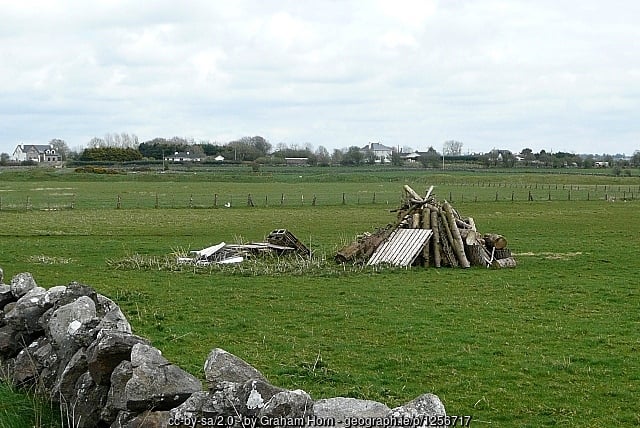
The Irish Fire brigade advocates for environmentally safer practices. They often visit schools in the run up to Halloween, and teach children to avoid burning dangerous materials like plastics, rubber, old tires or treated wood.
While bonfires are a traditional and enjoyable part of Halloween festivities in Ireland, the Irish Fire Brigade plays a crucial role in ensuring these celebrations are safe.
The Irish tradition of lighting bonfires at Halloween continues in modern times. It is steeped in ancient history with deep cultural significance.
These fiery blazes symbolize purification, protection, and community. They connect the past with the present, linking to ancient customs while providing a space for modern celebration and remembrance.

Slán agus beannacht,
(Goodbye and blessings)
Mairéad -Irish American Mom
Pronunciation - slawn ah-gus ban-ock-th
Mairéad - rhymes with parade
Halloween Recipes
- Easy Bat Donut Holes Recipe For Kids
- Stacked Sugar Witch Cookies With Video Tutorial For Halloween
- How To Make Easy Delicious Pumpkin Brownies
- Halloween Chocolate Pumpkin Cupcakes
Irish Superstitions
- Five Spooky Irish Folktales for Halloween
- The Wailing Banshee in Irish Mythology
- Irish Halloween Superstitions Foretelling Romance, Love And Marriage
- The Irish - A Superstitious Race








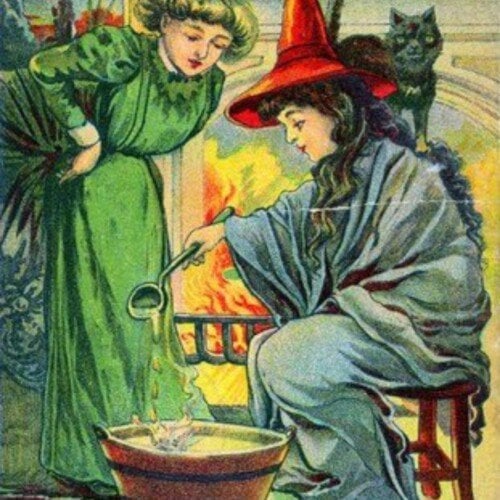



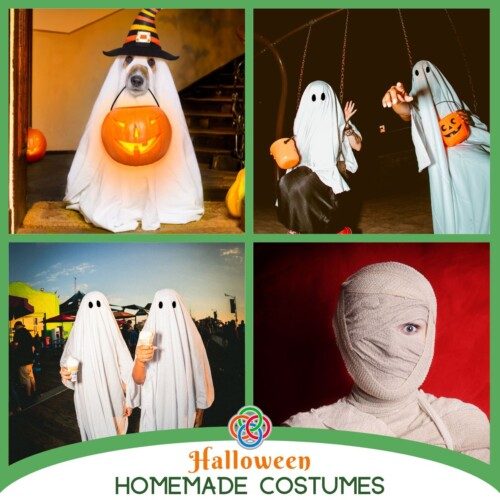


Nicholas Byrne
Hi,
Good stuff, just to expand on a couple of your valid points.
1. The belief of protective powers given by the bone fire, bottom line is very large open fires give out significant infra red light, red light which when absorbed by those standing close, strengthens the human bone, overall beneficial to human health, similar to the positive health benefits gained when having an open fire in your own home.
2. The ashes from a bone fire would be spread on the land/natural fertilizer, thus benefiting the land and growth.
Thank you for keeping Irish customs traditions alive over there, its a great thing to see, particularly in these difficult times where there is basically an organized effort to eradicate Irish Sovereignty, National Identity, Irish culture, by a sell out Irish Globalist Parliament including those in political opposition.
Kind regards,
Nicholas Byrne.
Irish American Mom
Dear Nicholas,
Thank you so much for sharing your insights and expanding on the old tradition of the Halloween bonfire. I really appreciate the extra detail you added about the health benefits of the infrared warmth from open fires. That’s such an interesting perspective, and one that connects beautifully to how our ancestors understood the protective and life-giving power of fire.
You’re absolutely right too about the ashes being spread on the land. Nothing went to waste in old Ireland, and even the remains of a bonfire found their way back to nourish the earth.
It warms my heart to know there are still so many who cherish Ireland’s ancient customs and care deeply about preserving our heritage. Thank you for your thoughtful comment and for keeping the spirit of Irish tradition alive.
Kind regards and blessings,
Mairéad ☘️